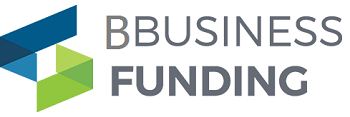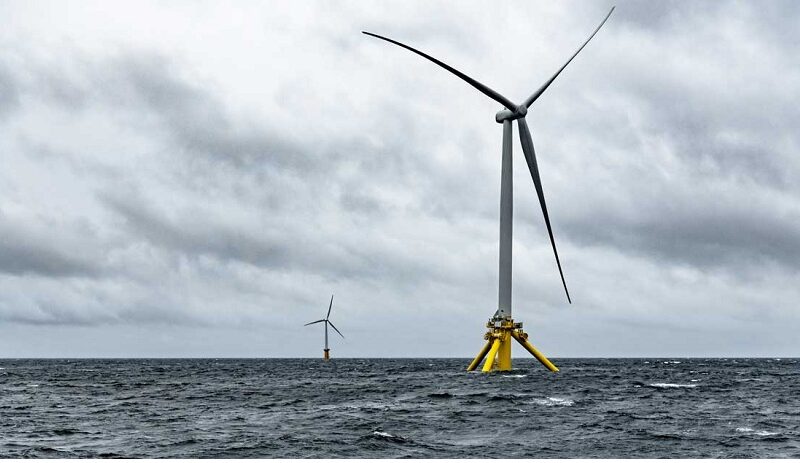An offshore wind project is an incredibly complex undertaking. It involves a lot of challenges during foundation, transporting, installation, and other aspects. The best way to deal with the issues is by using reliable tools. The equipment will enhance efficiency and streamline processes, leading to a successful offshore wind installation.
Here are the tools for a successful offshore wind project
1. Pile upending tool
A pile-upending tool enables you to raise monopiles efficiently and place the pile in the proper position. You’ll stab the pile upending tool into the monopole when it’s horizontally stored. Then, you’ll connect the latches below the pile-top flange connection and create a fail-safe connection. The connection allows the monopiles to stay in a suitable condition during installation. The equipment varies; you can see more here to choose the ideal one.
2. Hydraulic release shackle
The tool is used for lifting and positioning subsea and on-surface structures. It will help you in areas with limited access or if it is challenging to direct human interactions. Also, it is useful in installing and decommissioning offshore structures as it allows remote release and engagement of lift rigging from structures being raised.
3. Lifting tool
You’ll need lifting equipment for a successful offshore wind project. You’ll have various options, including an internal lifting tool. The instrument is used for lifting and upending structures and piles. You’ll place it inside the pile or structure, and when it’s lifted, the lifting contact teeth will expand and make contact with the pile’s inner wall, resulting in a fail-safe and quick lift.
You’ll enjoy the following benefits from an internal lifting tool:
- Wide use and a great track record in lifting and pile handling
- Reliable and safe processes
- Streamlines upending and project time.
4. Combi lifting spread
Combi lifting spread is an essential equipment that comprises multiple installation tools for offshore wind installation. It minimizes the number of people involve in labor-intensive and high-risk offshore operations. it allows you to enjoy the following benefits;
- Optimal safety and risk reduction
- Minimal crane movements and the number of interfaces
- Reduces wear of cables and sheaves
Benefits of offshore wind
- Public health: wind energy is clean and does not pollute the air like other energy sources. It helps transition from fossil fuel emissions to a better environment and health.
- Sustainability: offshore wind energy is inexhaustible. The offshore wind speed is steadier and faster, generating more reliable and efficient energy. Also, offshore wind turbines do not suffer physical restrictions like buildings or other structures.
- Resilience: offshore wind turbines are adaptable to hurricanes are they have a built-in mechanism that protects the blades from extremely high speeds. The blades resume their functions when the storm subsides.
- Many coastal areas have high energy needs, and offshore wind helps to meet the needs using local resources.
- The sea provides a good place to construct many turbines without disrupting ecology or the environment.
Conclusion
The success of an offshore wind installation greatly depends on the tools. The above equipment will help you attain a successful offshore wind project. The devices will help you streamline the processes, attain optimal efficiency, and minimize risks. Also, remember to invest in an experienced contractor for flawless operations.

